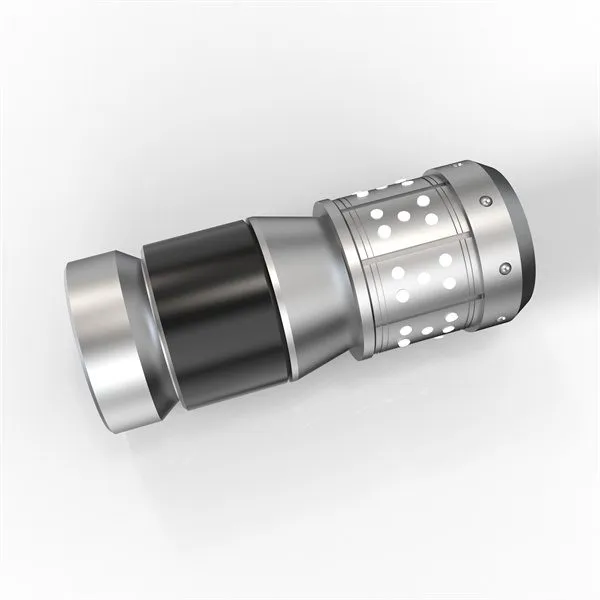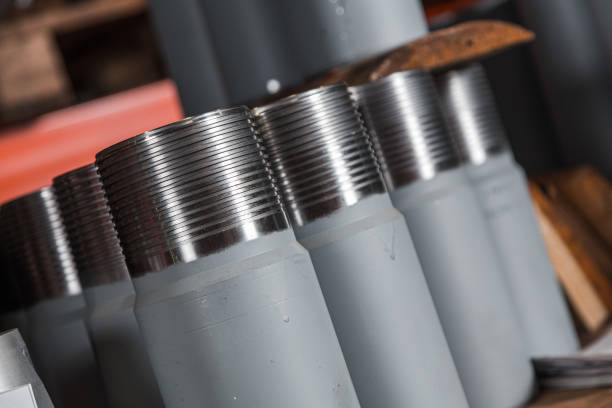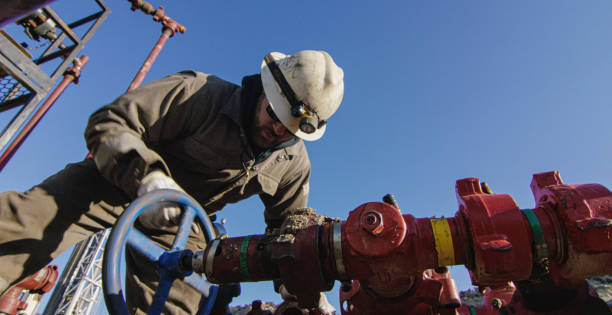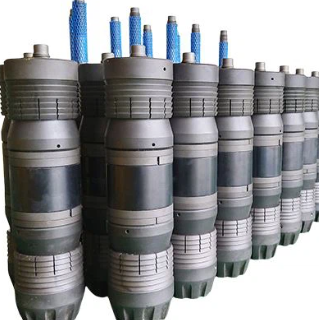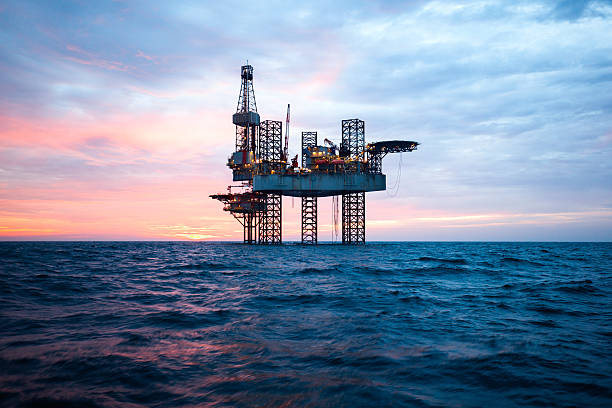Spanish
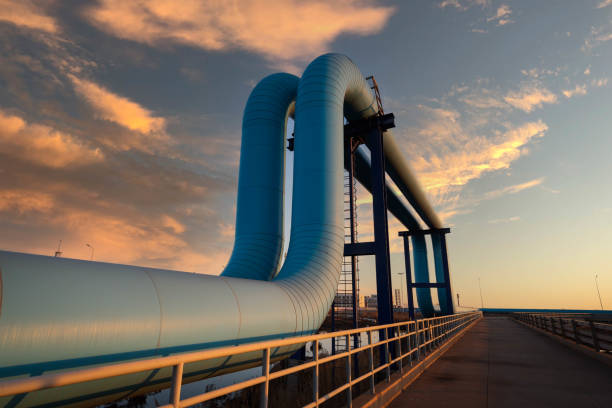
Oil and gas drilling companies
Core Values and Technological Frontiers of Oil and Gas Drilling Companies

In the grand map of the energy world, oil and gas drilling companies play an irreplaceable pioneering role. They are explorers who go deep into the earth’s hinterland, engineering giants who unlock fossil energy treasures, and key forces that maintain the lifeline of global energy. From the vast land to the deep ocean, these companies rely on cutting-edge technology and fearless spirit to transform resources buried thousands of meters below into the blood that drives modern civilization.
Attackers in land, sea and unconventional fields
Land drilling: In deserts, grasslands, and permafrost zones, huge drilling rigs roar day and night. Land drilling companies (such as Patterson-UTI and Nabors Industries) focus on the efficient development of conventional oil and gas fields, and continuously optimize fast-moving drilling rigs and automated systems to cope with complex geological structures and reduce development costs.
Offshore drilling: Challenge huge waves and abysses. Offshore drilling contractors (such as Transocean, Valaris, and Seadrill) operate semi-submersible platforms, drillships, and jack-up platforms. Deep-sea drilling (water depth of over 1,500 meters) represents the pinnacle of industry technology. It requires overcoming extreme pressure, adverse sea conditions and complex logistics, and is a stage for giants to compete.
Unconventional oil and gas revolutionaries: The rise of shale oil and gas has reshaped the global energy landscape. Drilling companies are key executors of hydraulic fracturing technology. They use horizontal drilling technology to accurately turn the drill bit at a depth of several thousand meters underground, extending horizontally for several kilometers along a thin shale layer, and cooperate with large-scale staged fracturing to release “dense” resources. The North American shale basin is the main battlefield.
Innovations that drive drilling efficiency and safety
Precise navigation: Measurement while drilling (MWD) and logging while drilling (LWD): The drill bit becomes an “intelligent detector”. MWD transmits data such as wellbore trajectory and orientation in real time; LWD simultaneously obtains key geological parameters such as formation resistivity, porosity, and gamma rays. Engineers can adjust the drilling direction immediately based on this, accurately hit the target reservoir, greatly improve the success rate, and avoid dry wells.
Rotary steerable system (RSS): Say goodbye to “turning a corner”. RSS achieves continuous and precise trajectory control in rotary drilling, can drill smoother and more complex wellbores (such as long horizontal sections), significantly improves drilling speed, extends drill bit life, and optimizes wellbore quality. It is the core equipment for efficient development of complex oil and gas reservoirs.
Automation and digitalization: The rise of “digital drillers”. Automated drilling rigs greatly reduce the danger of manual operation; intelligent drilling software integrates geological models, real-time drilling data and historical experience, optimizes parameters such as drilling pressure and rotation speed, and realizes an intelligent decision-making closed loop; IoT sensors monitor equipment status, and predictive maintenance reduces non-productive time. Digitalization is profoundly changing the drilling operation mode.
Drilling fluid technology: It is called “drilling blood”. Modern drilling fluid does much more than carry cuttings. It must balance wellbore stability, control formation pressure, cool and lubricate the drill bit, transmit downhole information, and pay more and more attention to environmental protection and degradability. Its formulation is highly specialized science and engineering.
Balancing risks, costs and environmental responsibilities
Geological uncertainty: The underground world is full of unknowns. Complex faults, abnormally high pressure, and hard rock formations may lead to drilling failure or serious overspending. Detailed seismic interpretation and real-time geosteering are the key to dealing with this.
High cost control: Deep wells, ultra-deep wells, and deep-sea wells require hundreds of millions of dollars in investment. Drilling companies must continue to reduce costs and increase efficiency through technological innovation (such as efficient drill bits, speed-up tools), lean management, and supply chain optimization, especially during periods of oil price fluctuations.
Safety first: High pressure, flammable and explosive environments mean high risks. Blowout preventers (BOPs) are the last line of defense, and their reliability is a matter of life and death. Establishing a safety culture for all employees, strictly enforcing regulations, and applying intelligent monitoring systems (such as early detection of well kicks) are lifelines. “Zero accidents” is an eternal pursuit.
Environmental pressure and ESG: Society’s attention to carbon emissions and ecological protection is unprecedented. Drilling companies must: reduce methane leaks; safely handle drilling waste (cuttings, waste liquid); reduce operating noise and light pollution; invest in carbon capture technology; and transparently disclose environmental performance. Sustainable development capabilities have become core competitiveness.
Industry landscape and future trends
Specialization and integration: The market is composed of international giants (Schlumberger SLB, Halliburton HAL, Baker Hughes BKR provide comprehensive services), large pure drilling contractors (such as the aforementioned Transocean) and many regional professional companies. Cyclical fluctuations drive integration to improve risk resistance.
Deepwater and ultra-deepwater: Despite huge investments, deepwater areas are still the place where major reserves are discovered. Technological breakthroughs continue to lower the threshold for deepwater development, attracting companies that dare to take risks.
Technology integration: Big data and artificial intelligence (AI) are deeply empowering. AI is used to optimize drilling parameter prediction, downhole fault warning, and geological risk identification; digital twin technology simulates the entire drilling process and optimizes solutions.
Role in energy transformation: During the long period of transition to new energy, oil and gas will still be the main energy source. Drilling companies will:
Develop traditional resources more efficiently and low-carbon.
Use their underground engineering expertise to invest in emerging fields such as geothermal development, carbon dioxide geological storage (CCS) well engineering, and underground hydrogen storage to achieve business diversification and transformation.


